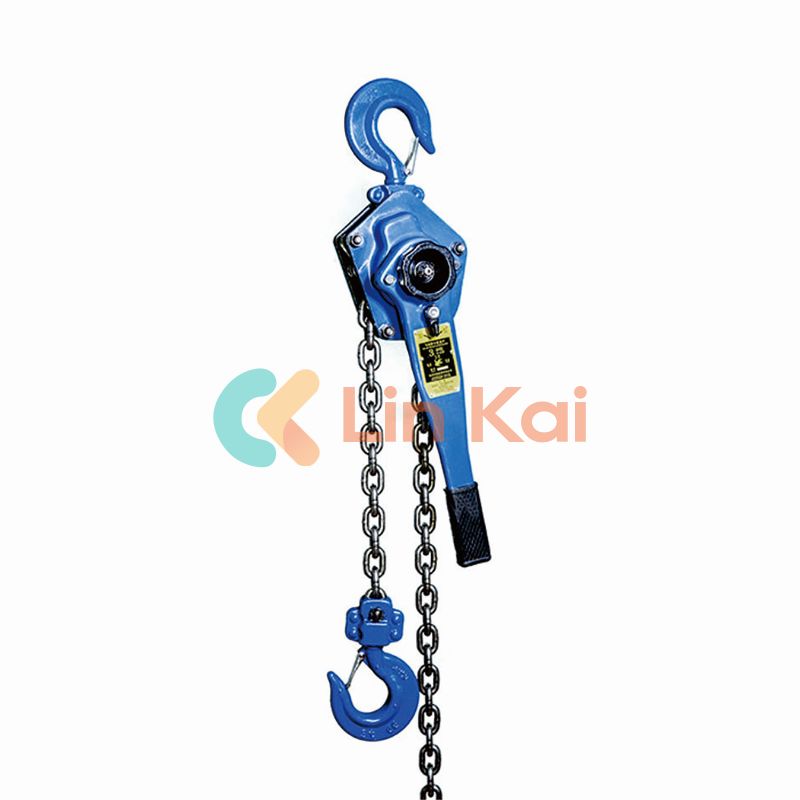
- English
- Español
- Português
- русский
- Français
- 日本語
- Deutsch
- tiếng Việt
- Italiano
- Nederlands
- ภาษาไทย
- Polski
- 한국어
- Svenska
- magyar
- Malay
- বাংলা ভাষার
- Dansk
- Suomi
- हिन्दी
- Pilipino
- Türkçe
- Gaeilge
- العربية
- Indonesia
- Norsk
- تمل
- český
- ελληνικά
- український
- Javanese
- فارسی
- தமிழ்
- తెలుగు
- नेपाली
- Burmese
- български
- ລາວ
- Latine
- Қазақша
- Euskal
- Azərbaycan
- Slovenský jazyk
- Македонски
- Lietuvos
- Eesti Keel
- Română
- Slovenski
- मराठी
- Srpski језик
What are the different types of transmission line stringing tools?
2024-09-07
Transmission Line Stringing Tools are specialized equipment used for installing transmission lines, which are used to transmit electrical power over long distances. These tools are essential for ensuring that transmission lines are installed safely and securely, and that electrical power can be transmitted effectively. There are different types of transmission line stringing tools, each designed for specific tasks
. 
What are conductor pulling grips?
Conductor pulling grips are designed to provide a strong and secure grip on transmission line conductors, allowing them to be pulled into place. These grips are typically made from high-strength steel or other strong materials and are designed to withstand the extreme forces involved in pulling conductors into place.Conductor pulling grips are an essential component of any transmission line stringing project, as they ensure that conductors can be pulled smoothly and efficiently into place.
What are tension stringing equipment?
Tension stringing equipment is used to string transmission lines with high tension, typically up to 500 kN. These tools are designed to ensure that the tension on the transmission line is properly controlled throughout the stringing process, preventing sag and damage to the line.Tension stringing equipment is essential for maintaining the integrity of transmission lines and ensuring that they can operate effectively and safely over long distances.
What are come along clamps?
Come along clamps are used to grip and tension transmission line conductors during installation. These clamps are typically designed to grip conductors of specific sizes and are made from strong, durable materials to ensure that they can withstand the forces involved in the installation process.Come along clamps are an essential tool for ensuring that transmission line conductors are properly installed and tensioned, reducing the risk of sagging or other damage over time.
What is a conductor cutter?
A conductor cutter is a specialized cutting tool used to cut transmission line conductors to the required length. These cutters are typically designed to cut through conductors of specific sizes and are made from high-strength steel or other strong materials to ensure that they can withstand the forces involved in the cutting process.Conductor cutters are an essential tool for ensuring that transmission line conductors are properly cut to the required length, allowing them to be installed and connected effectively.
Conclusion Transmission line stringing tools are essential for installing transmission lines safely and effectively. The different types of stringing tools, including conductor pulling grips, tension stringing equipment, come along clamps, and conductor cutters, are each designed to perform specific tasks during the installation process. By using the right tools for the job, transmission line installation can be performed safely and efficiently, ensuring that electrical power can be transmitted over long distances with minimal risk. Ningbo Lingkai Electric Power Equipment Co., Ltd. is a leading manufacturer of transmission line stringing tools, providing a range of products designed to help companies install transmission lines safely and effectively. With a reputation for quality and innovation, Ningbo Lingkai Electric Power Equipment Co., Ltd. is committed to providing its customers with the tools they need to succeed in today's demanding business environment. Contact us at nbtransmission@163.com to learn more about our products and services.Research papers:
1. Georgakopoulos S. V., Leoussis D. P., & Papagiannis G. K. (2006). Application of evolutionary algorithms for optimal planning of wind parks. Energy Conversion and Management, 47(10), 1260-1277.
2. Conti E., & Rizzi C. (2017). A review of photovoltaic module integrated converters. Renewable and Sustainable Energy Reviews, 76, 128-138.
3. Acha E., Lopes J. A., Matos M. A., et al. (2004). Fundamentals of wind park impact on power system dynamics. IEEE Transactions on Power Systems, 19(1), 136-144.
4. Dincer I., & Rosen M. A. (2017). Thermal energy storage: systems and applications (2 ed.). Hoboken, NJ: John Wiley & Sons, Inc.
5. Saadatian O., Islam M. R., & Ting D. S. K. (2017). Load forecasting in smart grid systems: An overview of models and algorithms. Renewable and Sustainable Energy Reviews, 75, 681-691.
6. Chiodi A., Groppi A., Leva S., et al. (2018). Loop thermosyphons for electronics cooling: A review. Applied Thermal Engineering, 129, 1397-1414.
7. Weiss M., Ambacher O., & Würtele M. (2006). High efficiency solar cell concepts: Physics, materials, and devices. Berlin: Springer.
8. Suri M., Gupta H. O., & Swaminathan R. (2015). Application of PMU technology for power system monitoring and control: A review. Renewable and Sustainable Energy Reviews, 52, 1922-1936.
9. Smith W. L., & Misserville D. J. (2008). Wind energy systems. Boca Raton, FL: CRC Press.
10. Liu Y., Wensheng X., Zhaohong F., et al. (2010). Study on key technologies of wind power grid connection and large-scale integration. Advanced Materials Research, 145-147, 181-187.



